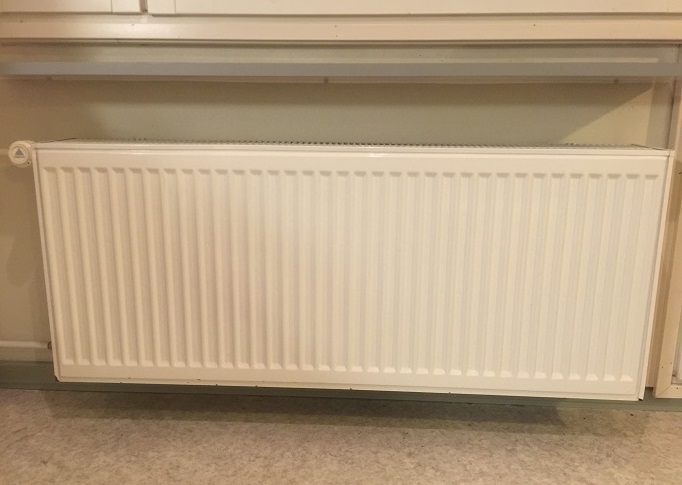Warmer weather drops household energy consumption
Published : 22 Nov 2019, 03:07
Updated : 22 Nov 2019, 10:35
The energy consumed in housing amounted to close on 66 terawatt hours (TWh) in 2018, which is about one TWh less than that in the previous year, according to the Statistics Finland.
The weather in 2018 was warmer than in the previous year, which decreased the need for heating energy.
The number and volume of dwellings increased further. Consumption of indoor space heating fell by three per cent from 2017 to 2018.
The energy consumption of household appliances went up by two per cent. The data are based on the Statistics Finland's statistics on energy consumption in households.
Heating of residential buildings amounted to close on 68 per cent of energy consumption in housing, heating of domestic water to 15 per cent and heating of saunas to five per cent.
The share of electrical equipment, cooking and lighting was 13 per cent. Housing accounted, on average, for 20 per cent of the final energy consumption. Housing also includes free-time residences.
In 2018, one-third of the energy consumed in housing was electricity. Nearly one-third of the energy consumed was district heat and almost one-fifth was wood. Close on 23 TWh of electricity was consumed. The consumption has remained more or less unchanged for three years. Forty-seven per cent of the electricity was used to heat indoor areas and 36 per cent to household appliances. The remainder of the electricity was used to heat domestic water and saunas.
Heating of residential buildings consumed 44 TWh of energy in 2018. Consumption decreased by three per cent from the previous year. The most common sources of energy for heating indoor spaces were district heat, wood, and electricity, the share of which was 82 per cent of the energy consumed for heating indoor spaces. The next most common energy source was heat pump energy.


